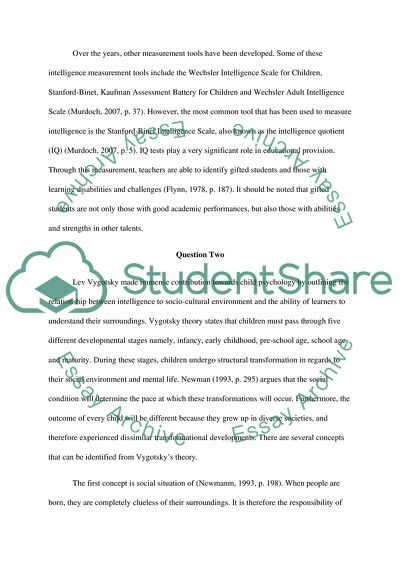Cite this document
(“Definitions Of Intelligence: Childhood Studies Essay”, n.d.)
Definitions Of Intelligence: Childhood Studies Essay. Retrieved from https://studentshare.org/psychology/1642187-childhood-studies
Definitions Of Intelligence: Childhood Studies Essay. Retrieved from https://studentshare.org/psychology/1642187-childhood-studies
(Definitions Of Intelligence: Childhood Studies Essay)
Definitions Of Intelligence: Childhood Studies Essay. https://studentshare.org/psychology/1642187-childhood-studies.
Definitions Of Intelligence: Childhood Studies Essay. https://studentshare.org/psychology/1642187-childhood-studies.
“Definitions Of Intelligence: Childhood Studies Essay”, n.d. https://studentshare.org/psychology/1642187-childhood-studies.


